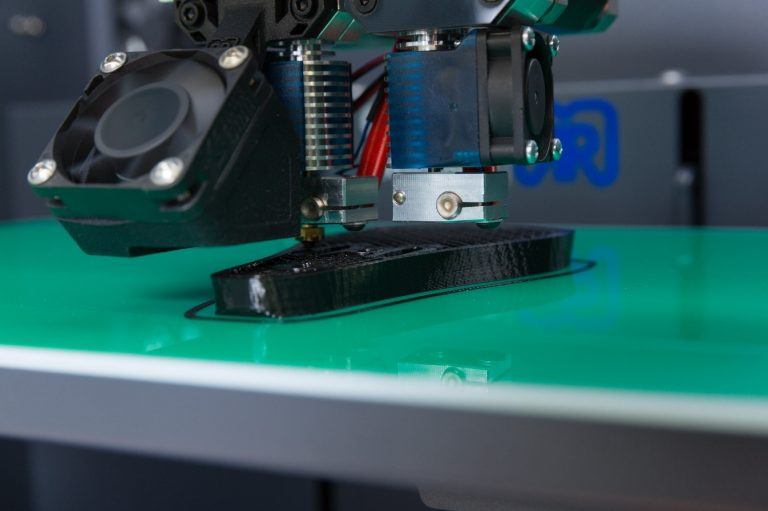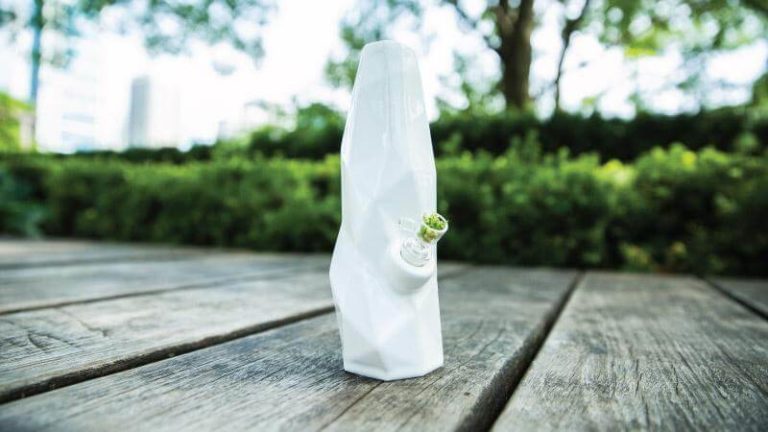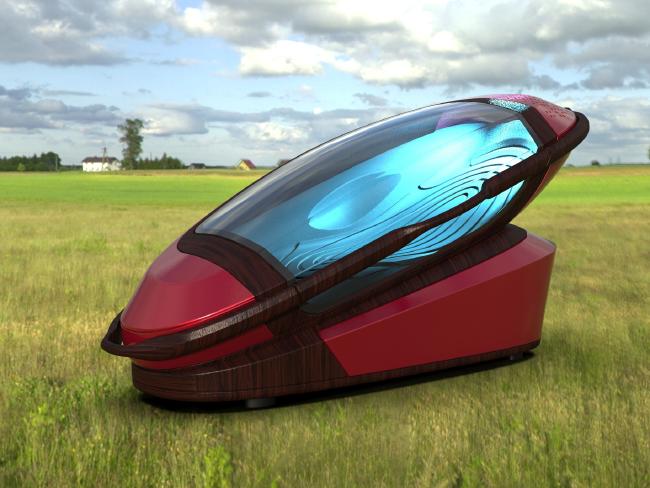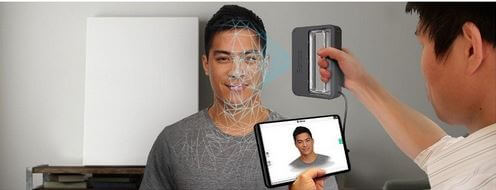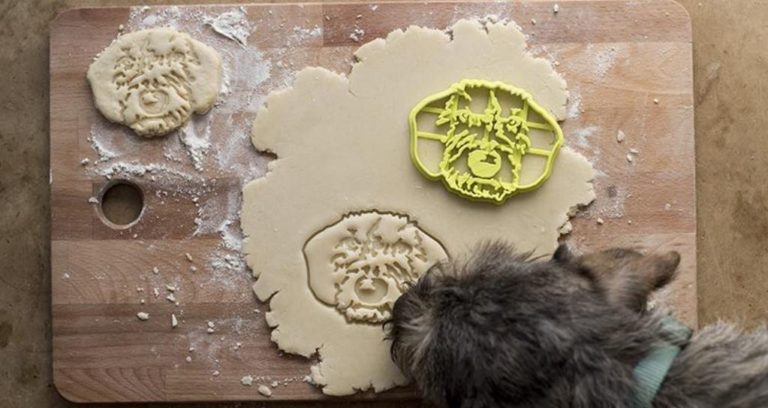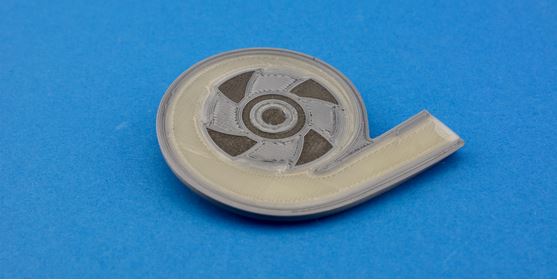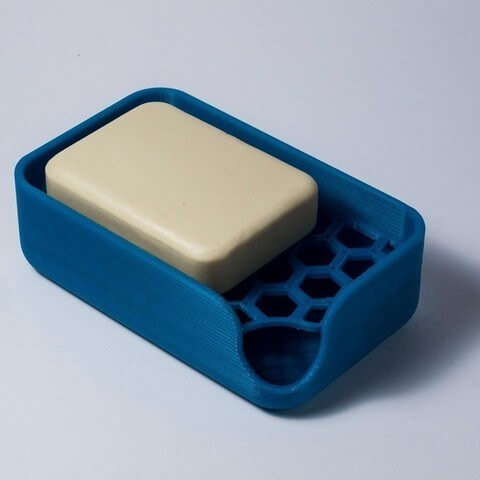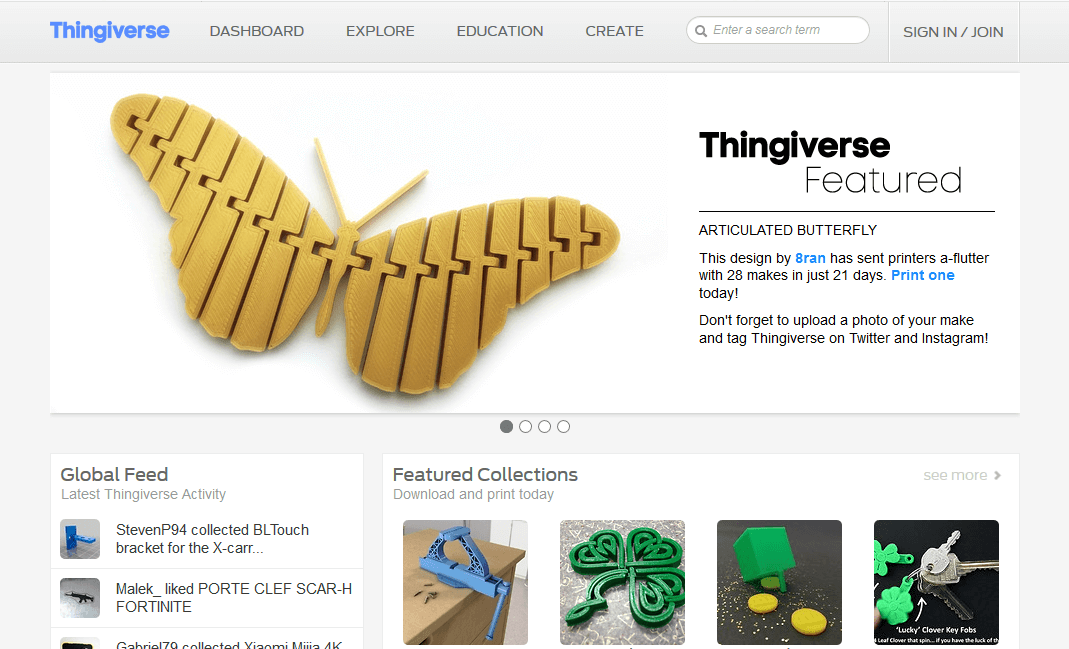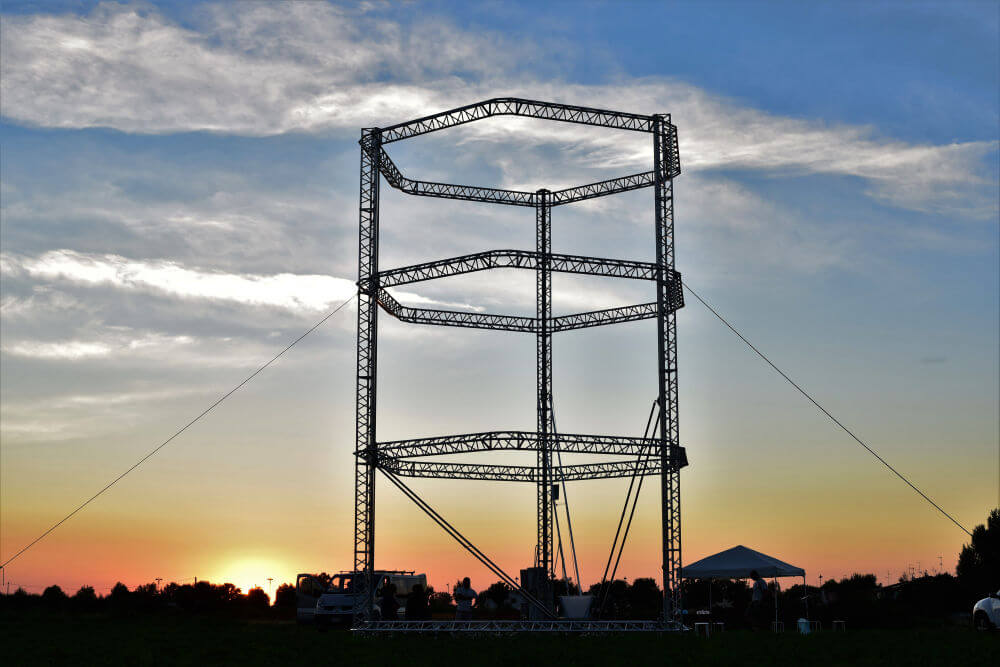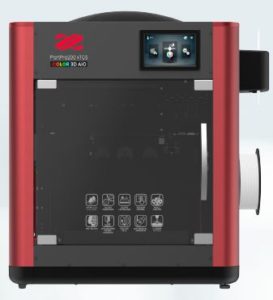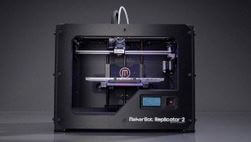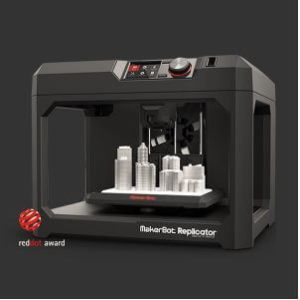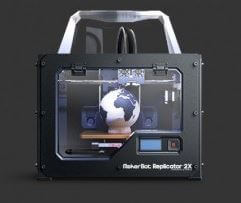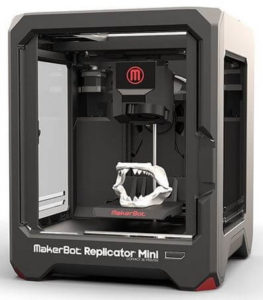3D technologies such as 3D scanning or 3D printing have already found their way into orthopaedics. The German company “Oberle – Gesunde Schuhe” has been successfully integrating these technologies into everyday working life for a few years now and reports on how this came about and what advantages modern work equipment brings.
The Story of a Shoe House
The history of the shoe store Oberle began over 150 years ago. In 1859 the great-great-grandfather of today’s managing director Achim Oberle opened a shoemaker’s shop in Ettenheim. From this time on, 30 years of high leg lace-up shoes were produced for the customers of Ettenheim and the surrounding area. In 2006, the company specialized in “Healthy Shoes”. To do justice to this philosophy, which among other things stands for individuality, medicine and technology, and to customer requirements, Achim Oberle also had an orthopaedic shoe technology incorporated.
3D Posture Analysis and 3D Running Analysis
Achim Oberle, Managing Director of Oberle – Healthy shoes:
“We are an orthopaedic shoe technology company and our passion is concerned with everything about legs, feet and extremities. We are proud to claim to be a technical leader.”
The so-called 3D posture analysis, which involves a three-dimensional measurement of the entire posture as well as the 3D running analysis, which determines a measurement of the running style and resulting body angle and forces, have long been part of the standard of the company. The managing director himself is a true technology lover and was of the opinion that “the subject of 3D printing as modern technology simply belongs with it.”
3D Scan
The company stands for state-of-the-art technology at its feet and always keeps up with the times, not least because of the managing director’s private interest in modern technology:
“We have high demands on the topicality of methods and modern technology.”
In the past, for example, the foot was molded using plaster. From this impression, a “positive” of the foot was then poured out with foam, which was then used as shoe lasts. Mr. Oberle was allergic to the foam and so they tried to find an alternative. The topic 3D-Scan came up on the market and with much pioneering work this technology was also integrated. That was three to four years ago. At first, Oberle worked with a service provider who then milled the parts out of wood. Initially a groundbreaking new start, the Achim Oberle was soon a step too much again with this extra step. The delivery time was sometimes very long. Achim Oberle remembers:
“Usually you had to expect 10 days, which was a lot.”
3D Printing
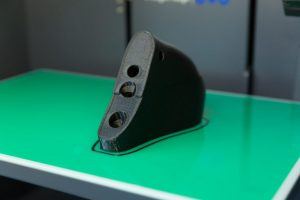
Source: German RepRap
Mr. Oberle was also interested in 3D printing in his private life at that time and so the idea to work with 3D printing technology also came up in the company. From now on, the lasts, which are modeled on the shape of a foot and are used to build a shoe, should be produced with a 3D printer.
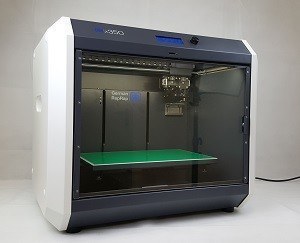
Source: German RepRap
The German RepRap X350pro was the result of recommendations from friends and business contacts. The experiences were positive throughout and the first step was to start with a smaller installation space. The X350pro has been in use since September 2016 and has been running daily since then.
The Advantages of 3D Printing
Oberle raves:
“The main advantage is that we can work much faster. You can now even print the foot cover using the 3D printer. The 3D scan is made of transparent plastic, which facilitates the process, and only when the shape is correct can the end product be printed. Adjustments are done quickly and so we are incredibly fast with an intermediate sample. With 3D printing, this can be tried on after just one hour!”
The issue of cost savings through the use of a 3D printer also plays a major role. Since no waste is produced during production, the new process is significantly cheaper for the company than the previous variant.
Training Period
Achim Oberle explains:
“It sounds very easy for outsiders, but we’re still in our infancy when it comes to 3D printing, and it definitely takes a lot of energy of our own. Initially, we spent many hours working on the technology in order to acquire the necessary expertise. It takes a little time to find the right material for your needs and the right settings. Today we can say that we have found a reliable process that is now firmly integrated and running well.”
Material Choice
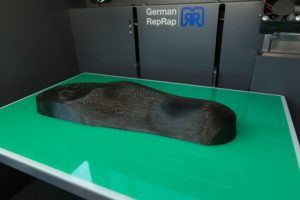
Source: German RepRap
Initially, the company worked with the German RepRap PLA material, but quickly switched to the PET-G filament. The properties of PET-G, such as its high impact strength and weather resistance, qualified the material for use in Oberle – Healthy Shoes. This material is also often used in the medical field. It is as easy to print as PLA and has a very low warping risk, making it easy for beginners. Another advantage of the material is decisive for use in “Oberle Schuhtechnik”: PET-G is relatively odourless in processing and its good viscosity ensures a fast printing speed.
Upshot
Achim Oberle smiles:
“The X350pro 3D printer is already fully integrated into everyday life and has become a normal working device. Often the press prints overnight and sometimes we need a second 3D printer to intercept the orders.”
Source: German RepRap



